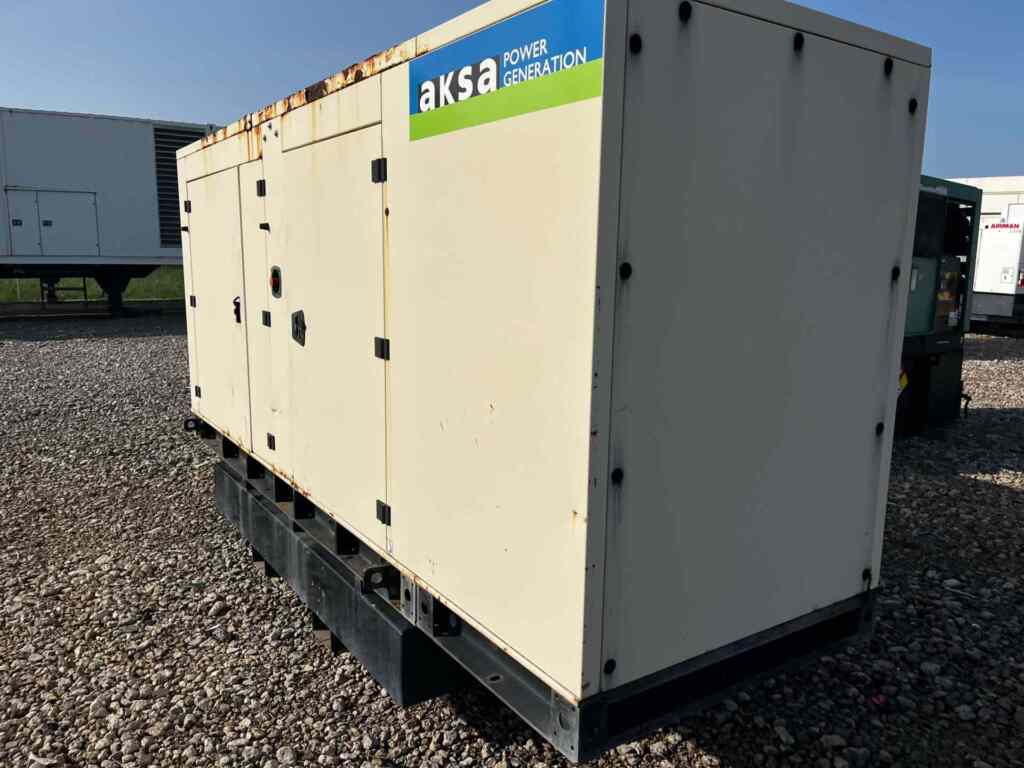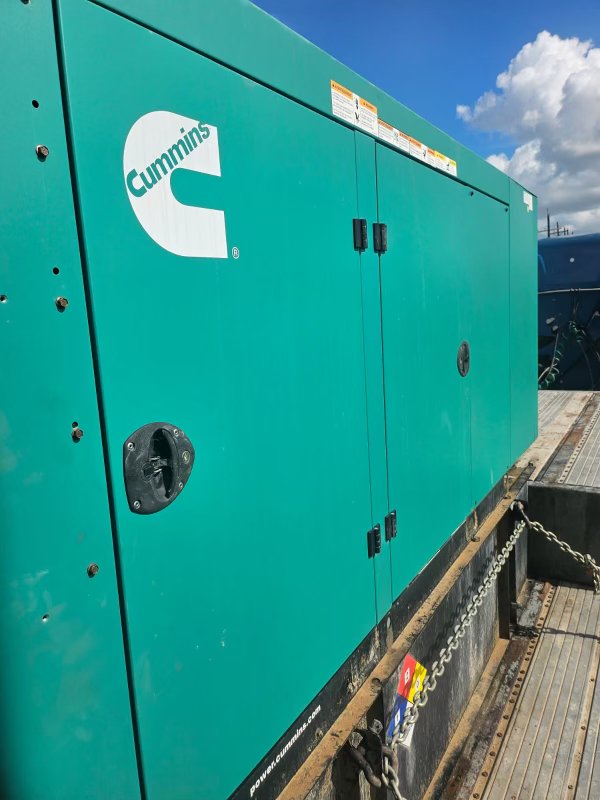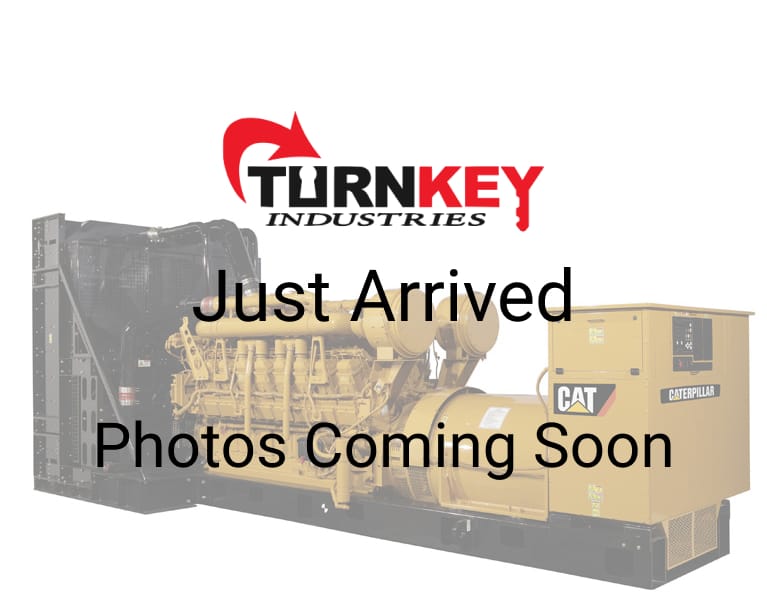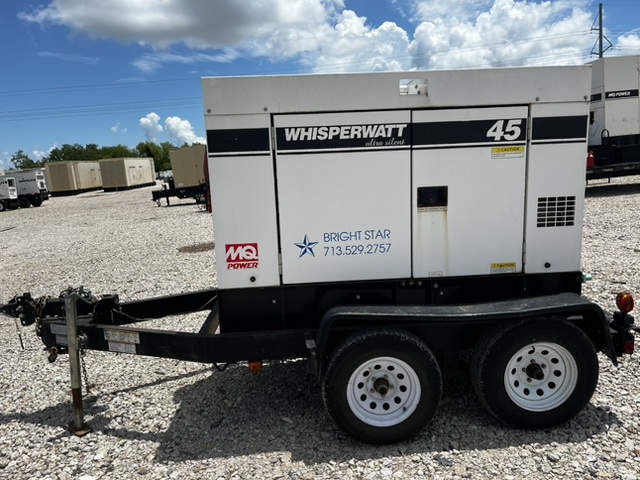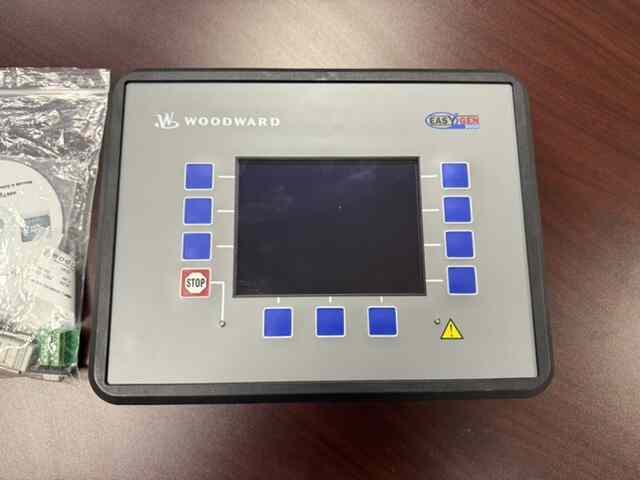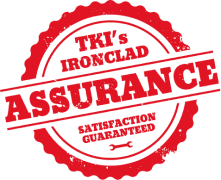Industries that operate offshore need energy to run equipment, including oil rigs. But how do oil rigs get power? People who work on these rigs need power to perform everyday tasks as well as keep operations up and running. Offshore generators are one way for these industries to get the electricity they need to make sure the job is done.
How Oil Rigs Are Powered
Most offshore platforms generate electricity by burning fossil fuels to run onboard generators. Offshore generators are one of the top ways industries operating in this environment get electricity. However, not every generator can function efficiently in harsh offshore conditions. Moisture can wreak havoc on conventional generators. Although durable, a generator that is built for land operations is simply not up to the task of running an offshore operation.
Offshore Generators For Drilling Operations
An uninterrupted power supply is essential to keep the daily operations onboard an offshore oil or gas rig moving. Generators are the most common answer to the question: “How do oil rigs get power?” But why are the generators needed?
A variety of specialized, heavy equipment is used to drill oil. Some of this equipment includes:
- Crane and hoisting systems
- Large engines
- Turntables
- Pumps
Once the oil well has been drilled, power is needed to extract the oil. Offshore generators power electric motors that aid in the extraction process, as well as the machine that produces steam to force the oil up and out.
What many people don’t know, however, is that the men and women who work on these rigs are also housed there. They need offshore generators to power washing machines, provide a heat source for cooking, and run the equipment that desalinates water. Not only do these generators power industrial equipment, but they make life bearable for industry employees.
Power Management Options For Offshore Oil And Gas Rigs
Offshore oil and gas production is a growing sector. One of the biggest challenges for this industry, however, is finding a suitable, sustainable, and cost-effective power source. Offshore oil and gas wells have proven to be rich in resources, but providing enough energy to power the rig used to extract oil and gas presents a unique challenge. How do these oil rigs get their power? Diesel-powered offshore generators are the most common, and cost-effective, solution.
Diesel vs. Gas Generators In Offshore Applications
Offshore diesel generators require additional features because conditions on a rig are harsh. Generators that are designed for offshore use must be built with materials and coatings that can withstand temperature extremes, as well as the water, saline, and wind that are present every day. These offshore generators are also designed to that they do not need frequent maintenance and overhauling, since requiring a professional to go offshore to provide these maintenance services can be a difficult ask.
Diesel generators are the most commonly used type of generators in this industry. Diesel fuel is a cheaper alternative to gas fuel, which is one reason oil rigs are powered with diesel gensets. They also are more durable and require less maintenance than gasoline generators. Simply put, diesel generators are the best option for providing power to oil and gas rigs. Gas generators can be used, but they are simply more expensive to run and require a bit more maintenance than their diesel counterparts.
Ensuring The Efficient Operation Of Your Generator
As mentioned above, powering an offshore oil or gas rig is not cheap. A diesel generator powering an entire rig uses an enormous amount of fuel. It is important to look for ways to reduce power usage on the rig itself and to ensure that the offshore generator is efficient. Currently, there are two ways to do this.
- The best way to maximize your power usage is to properly and efficiently plan your drilling operations. Make sure your rig moorings are secure, your platforms are positioned correctly, and your extraction systems are configured correctly to reduce equipment rig-up time and energy consumption.
- Additionally, you can make sure you are running your generator at the right load. If you run a generator at a higher load than it should be run, it may produce more power than you need and you will waste fuel. If your run the unit at a lower load than is needed, the engine temperatures cannot burn enough of the fuel, leaving unburnt fuel to collect around the exhaust system. This can drastically reduce the performance and life expectancy of a generator.
The Benefits Of Offshore Generators
Diesel generator sets are commonly used as a reliable source of electricity in offshore activities. They provide power for lighting, equipment, machinery, and other electrical systems offshore. Offshore activities often require generator sets to run for long periods. High fuel efficiency of the generator set is essential to reduce refueling frequency and optimize operations.
In addition, the offshore environment requires strict safety standards. Generator sets should include safety features such as automatic shutdown mechanisms for overload, low oil pressure, and high-temperature conditions. It should also meet all relevant marine and offshore industry standards and certifications. Most importantly, an offshore generator should be designed for ease of maintenance and service tasks. This facilitates regular inspections, repairs, and replacements of parts when necessary.
In the world of offshore oil and gas drilling, the need for ruffed, offshore generators that can stand up to harsh elements is essential. Offshore generators are the key to running huge pieces of machinery and helping offshore workers live comfortably while providing them with the electricity needed to keep this critical industry operational.
 Turnkey Industries offers a variety of high-capacity
Turnkey Industries offers a variety of high-capacity 